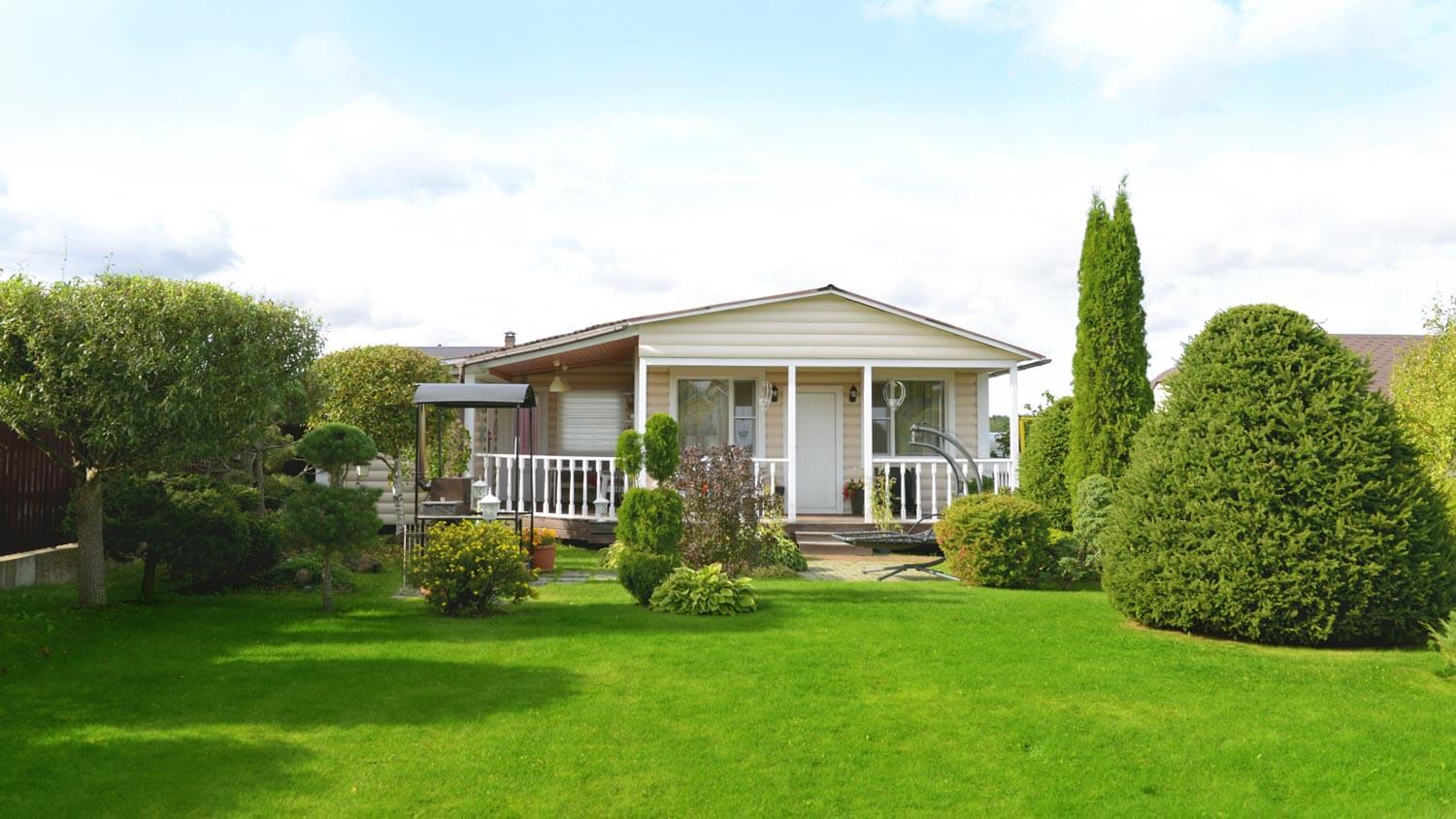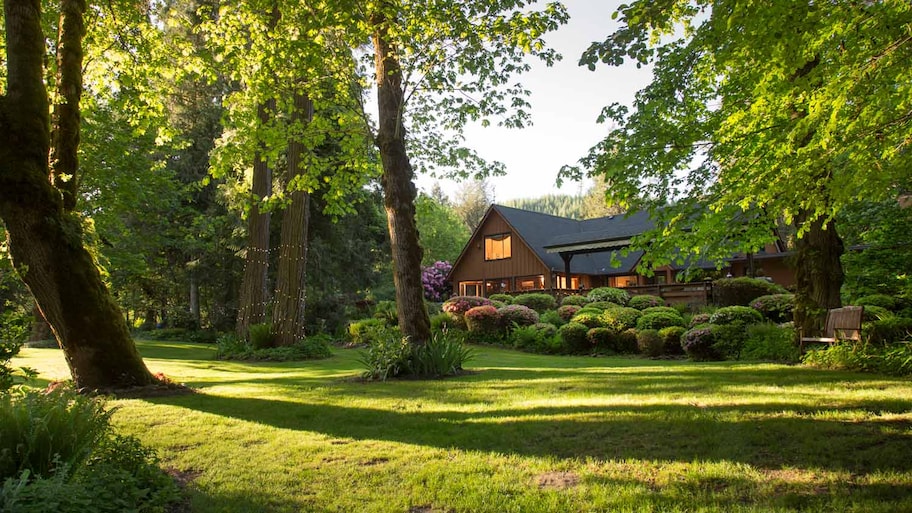8 Common Shrub and Tree Planting Mistakes (and How to Avoid Them)
Get to the root of your unhealthy trees and shrubs


There’s nothing worse than spending money on shrubs and trees to give your front lawn a boost, only to have them die a few months later. If you want your yard to look its best, it’s important to take time to plant your new leafy friends properly.
There’s more to it than picking a sunny spot and digging out the dirt. Before you start planting trees and shrubs, be sure to avoid these common shrub and tree planting mistakes.
1. Picking the Wrong Plants
First thing’s first—You need to select plants that will work well in your yard, and you need to plant them where they’ll thrive. If your plot of land gets a lot of sunlight, you want trees that require full sun.
For shrubs against the house that won’t see as much light, you’ll want to stick to varieties that grow well in shade or partial shade. You should also keep climate in mind: Pick trees and shrubs that don’t require much rain if you live in a desert area, or stick to plants that can survive the cold winters if you live in a snowy location.
2. Planting Trees and Shrubs in Unsuitable Spots
Once you’ve purchased plants, make sure you place them in the best locations around your yard. Sun-loving trees should go in spots that receive the most sun, and shrubs that need shade should be planted among the shadows of your home.
Another thing to consider with large trees—don’t plant them too close to home. Those roots will grow far and wide over time, and they could disrupt your home’s foundation and cause expensive damages. Plant trees about 15 to 20 feet away from structures.
3. Forgetting to Look for Healthy Root Systems
Trees can experience something called transplant shock, which makes it harder for them to get established in their new soil. The key to avoiding transplant shock is to find trees with healthy root systems. When you’re picking a tree, its root ball should be about 10 to 12 inches for every inch of tree diameter.
4. Ignoring Root Issues

Another common tree planting mistake, aside from transplant shock, is ignoring root issues. Two common issues include compacted roots for trees sold in pots and girdling roots. While you could plant these trees with no issues at first, they may begin to suffer after a few years.
Compacted Roots
Many home improvement stores and nurseries sell trees in pots, but this can compact the roots and make the tree root-bound. If you do end up with a root-bound tree, use pruning shears to loosen up the root ball. You may need to trim the bottom third of the root ball or score the sides and bottom of the root ball to give those roots space to spread out when planted.
Girdling Roots
Another issue that you may find is that your roots have a chokehold on the tree trunk, and this is known as girdling root. Cut off roots that are wrapped around or starting to wrap around the tree trunk. Otherwise, these roots will continue to grow and can prevent water and soil nutrients from reaching the tree.
5. Digging Holes That Are Too Small
If your planting hole is too narrow, your plant’s roots won’t have the space to grow through the soil. In general, the hole should be about two or three times wider than the diameter of the root ball. This will help loosen up the soil around the roots, so they can spread out and get established quickly.
6. Planting Too Deep
The hole for your trees and shrubs should be wide, but not too deep if you want to avoid this common tree planting mistake. Really, you just need enough depth for the root ball. If a tree’s root collar, where the roots meet the trunk, is too deep, the tree could experience stunted or slow growth, yellowing leafs, branch die-back, or even death of the plant.
The root collar should be about two inches above ground level. The next time you walk through your neighborhood and see a massive, healthy tree in your neighbor’s lawn, take a closer look. You’ll probably notice its root collar thriving just around ground level.
7. Mulch Volcanoes
You’ve probably seen this in other yards or even on freshly planted trees and shrubs at shopping centers or schools. There’s mulch piled up around the base of newly planted trees or shrubs. But you shouldn’t do this because that mulch will retain moisture and hold it up against the stem or trunk of the plant. This can cause the area to decay and may invite pests.
If you’re adding mulch, spread two to three inches of mulch in a donut shape around the tree or shrub, leaving the trunk or stem exposed.
8. Overwatering
Many plant-lovers worry about underwatering their plants, so they scramble to buy little gadgets that provide steady water or set up sprinklers and irrigation systems to keep water flowing. But overwatering is a common planting mistake that causes unhealthy or dying trees and shrubs. Overwatering may cause root rot and can prevent oxygen from reaching the roots.
To maintain healthy trees, water your trees and shrubs after planting them, allowing the soil to saturate but not get soggy. Then, let the soil dry completely before you water it again. If you live in a dry or hot area, you may need to water more often.
If you’re struggling with keeping your plants and trees healthy, a landscaper in your area can help you avoid common tree planting mistakes.



















